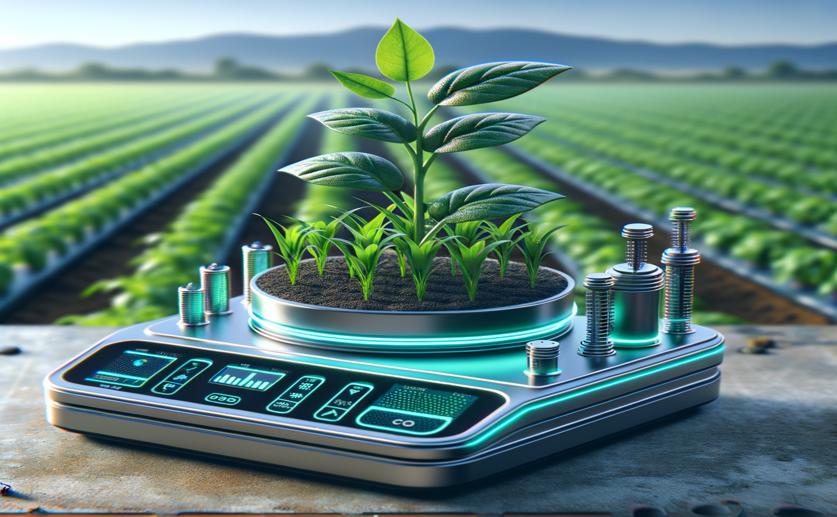
Smart Scale for Advanced Crop Growth Tracking in Real-Time
Greg Howard
16th March, 2024

Image Source: Natural Science News, 2024
Key Findings
- A new tool, LysipheN, measures how well plants use water, crucial for farming in a changing climate
- LysipheN is affordable, waterproof, and can monitor plants from seedling to maturity in various settings
- The device's successful tests on beans suggest it can be adapted for other crops to aid breeding
AgricultureBiotechPlant Science
References
Main Study
1) LysipheN: a gravimetric IoT device for near real-time high-frequency crop phenotyping: a case study on common beans.
Published 14th March, 2024
https://doi.org/10.1186/s13007-024-01170-x
Related Studies
2) High-Resolution Analysis of Growth and Transpiration of Quinoa Under Saline Conditions.
3) Running to stand still: adaptation and the response of plants to rapid climate change.
4) Water: the most important 'molecular' component of water stress tolerance research.



 12th March, 2024 | Greg Howard
12th March, 2024 | Greg Howard